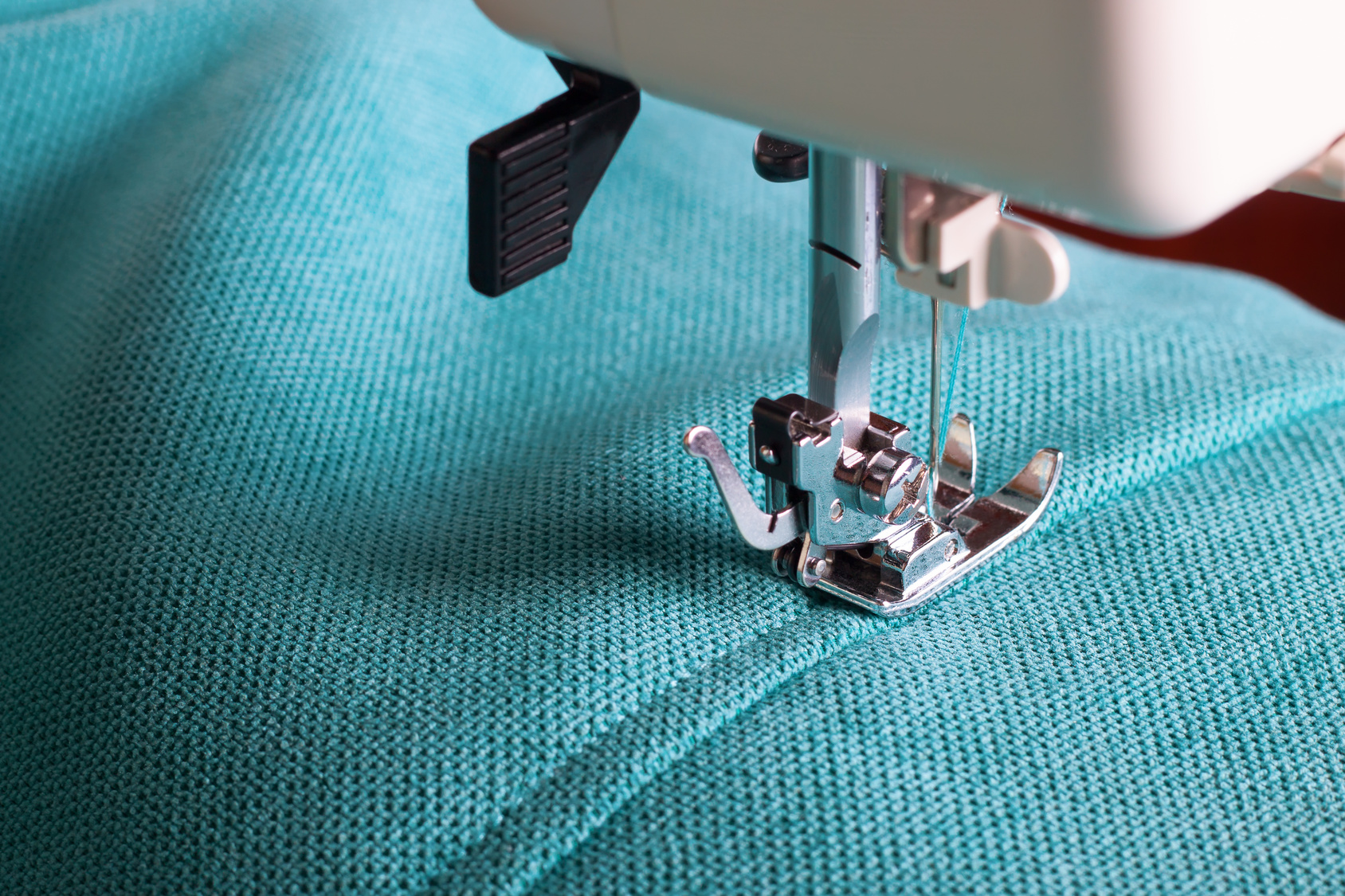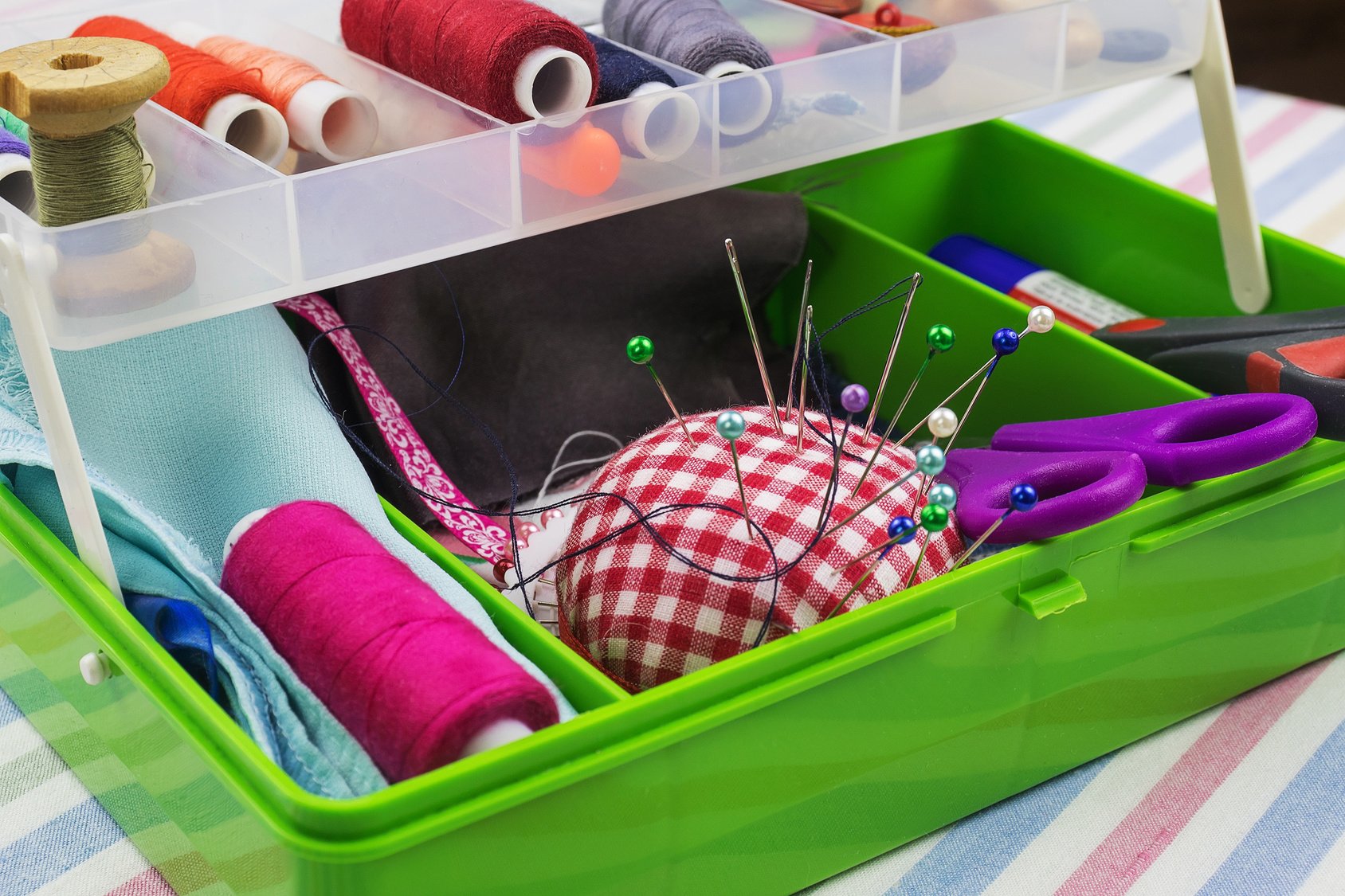Every cosplayer has their favorite and least favorite materials to work with when they’re making costumes. One of the most polarizing materials (no pun intended) in this regard is fabric. Some cosplayers love the prospect of a sewing project; others, not so much. But no matter which camp you’re in, you’ll probably come across at the least the opportunity to use fabric in your cosplay at some point, with our without sewing.
In this guide, we’ll tell you everything you need to know about using fabric in cosplay, from the benefits to the challenges and why it’s worth giving sewing a chance.
When to Use Fabric in Cosplay

At first glance, the topic of when to use fabric for your cosplays seems a bit obvious, and in some respects, it is. Making cosplay with fabric can be much more straightforward than working with other materials because in general, you’d only use fabric in 1-to-1 design situations. When the character you’re cosplaying wears clothes that are made of fabric (as opposed to metal armor, etc.), it makes the most sense for your cosplay to also be made out of fabric. The only reason we mention this is because with other cosplay materials, the translation isn’t always so straightforward. If you’re making a suit of armor that’s made out of metal in the source material, you might choose to make it out of foam in your cosplay instead, for example. With fabric, you’re trying to accurately mimic the same shapes and textures your character wears.
However, beyond your character’s clothes — from streetwear to ballgowns to medieval garb and more — fabric also has other applications in cosplay that aren’t so obvious. For starters, many characters, regardless of their main outfit or costume, have accessories that might be made of fabric. This opens up a wide range of sewing possibilities: gloves, bags, pouches, hats, holsters, socks, headwear, hair accessories, sashes, hoods, and wristbands are just a few examples.
Furthermore, some cosplay makers choose to cover their foam armor in stretchy metallic fabric for a super sleek and clean finish on “new-looking” armor. And finally, fabric can also make up the “hidden” components that make your cosplay functional. This includes elements like bodysuits or other under layers that costume elements might be attached to, hidden inner pouches for battery packs or personal items, or strapping elements that hold your armor or other pieces on as well.
While so much of cosplay is subjective based on the character you’re making as well as personal preference, we can sum up when to use fabric in your cosplay in a few basic rules. First, when your character wears fabric or fabric-like textures, it’s best for you to use fabric for the cosplay. Second, when you need an element of your cosplay need stretch and flexibility in order to be functional, fabric tends to be the best material to turn to. With those ground rules in mind, we can discuss the advantages and challenges of working with fabric.{{cta(‘3698bbd9-607d-4365-b560-16b472ca9c34’)}}
Benefits of Working with Fabric
Beyond accuracy to your character and realistic-looking clothing, there are plenty of benefits to gain from working with fabric for your cosplay.

- Most fabrics are relatively light and easy to wear, making your cosplay more comfortable in many cases.
- Fabric is easy to handle and manipulate once you know what you’re doing and what shapes you need.
- Fabrics are available at a range of prices. While some types and qualities make fabric more expensive, you can generally spend whatever you’re comfortable with and still find a fabric that’s a good match for your cosplay.
- Fabric is also easy to obtain, both online and in-store.
- Working with fabric can, in many cases, make your cosplay easier to alter or tailor to your exact size, even after you’ve put all the pieces together.
Cosplay Fabric Challenges
However, as we mentioned before, working with fabric can be intimidating, especially to beginner cosplayers or makers who are used to working with foam, thermoplastics, or other raw materials to make their costume pieces. Working with fabric, whether you’re sewing or not, comes with its own set of unique crafting challenges.

- If you don’t have a sewing machine or don’t know how to use one, you’ll find certain tasks incredibly difficult to complete by hand with the right look and level of precision.
- If you’re not familiar with sewing at all, you’ll have to get creative with the ways you bond your fabric together.
- Fabric acts very differently from foam, plastic, and other studier cosplay materials. Some fabric is stiff, but to use the majority of cosplay fabrics, you’ll have to get used to the stretch or the way the fabric flows and how to make it look right against your body.
- Fabric work can be fiddly in order to get fine details just right.
- Some fabric can be costly, and while fabric pieces can be altered, not every scrap of fabric can be salvaged if you happen to make a big mistake.
- Perhaps most of all, working with fabric is a skill all its own that can take a lot of time and practice to master.
However, despite these challenges, it’s important to remember that every cosplayer, crafter, and sewist out there was once a beginner too. If they can learn to sew, so can you!
Do You Have to Sew in Order to Cosplay?

In the end, using fabric in your cosplay is ultimately a matter of choice. Depending on the types of characters you want to cosplay, you might not need to use fabric on a regular basis. Prefer to build armor instead of sew ballgowns? There’s nothing wrong with that! However, if you want to expand the range of characters you’re able to cosplay without commissioning someone, getting acquainted with fabric might be necessary. The good news? While sewing is one of the best ways to bond fabrics together, it’s not the only way.
There are plenty of adhesives on the market that can replace a needle and thread in certain situations, you just have to do a little research to find out what adhesives work with what types of fabric and for which purposes. To name a few, there are instances where fabric glue, tacky glue, hot glue, and even contact cement can help you put a fabric cosplay together without sewing. Another option for bonding fabric is using double sided adhesive sheets, like CosBond Attach & Build, which instantly adheres with flexibility and without the harsh fumes that other adhesives give off.
If you’re looking for the true recipe for cosplay success with fabric, you might find that a combination of sewing and adhesives get the job done best. Working with fabric in your cosplay doesn’t have to be so intimidating if you dive in and start experimenting with the different bonding options available. Once you find what you like to use, using fabric can even be something you look forward to with each new cosplay.